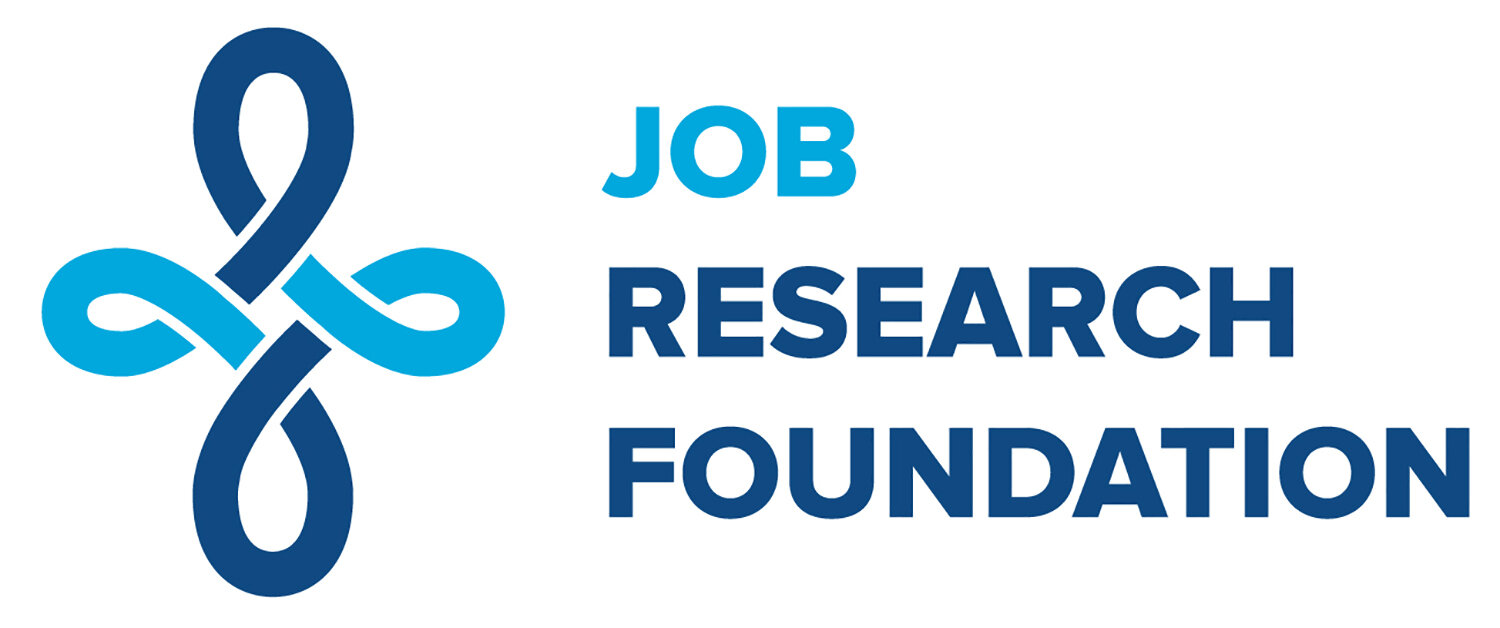Very few cases of Job Syndrome have been diagnosed around the world to date. However, the disorder may go unrecognized or misdiagnosed for years. Some of the disease’s signs include:
Skin Infections
Many patients diagnosed with Job Syndrome have recurrent skin infections. Such skin infections begin within the first weeks of life, showing up as a crusted rash that appears on the face and scalp, often spreading to the upper trunk/shoulders and buttocks. It then progresses to a more severe rash that is similar to atopic dermatitis and also includes associated itchiness (pruritis). Abscesses, boils and/or cellulitis infections are also common. Abscesses can also appear on the bone behind the ear (mastoid), on the joints, gums, air passages, even the lungs.
Sinopulmonary Conditions
Other signs and symptoms of Job Syndrome include wheezing, food allergies, hay fever and other allergic manifestations. Patients often have chronic upper airway infections with persistent recurrent episodes of sinusitis, ear infections and mastoiditis. Lung infections are the second most common symptom in patients with Job Syndrome and can be life threatening. Sinusitis, otitis media and mastoiditis are also common ailments.
Opportunistic infections that a normal functioning immune system can handle are often a real problem for patients with Job Syndrome. The most common ones include a yeast infection known as mucocutaneous candidiasis, which can make its way into the mouth, the nails, skin, scalp and vagina.
Abnormalities
There are several facial similarities among patients who have Job Syndrome. They include a broad nasal base and broad nasal bridge, protrusion of the forehead, wide outer canthal distances and deep-set eyes. A prominent forehead, lower lip and broad nose can be seen as early as infancy. The doughy consistency common in the faces of patients with STAT3 Deficient/Job Syndrome usually takes two to five years to develop.
Patients exhibiting Job Syndrome may often have two rows of teeth because the mouth retains the primary teeth in many cases. Abnormalities of the hard palate and dorsal tongue are also common.
Scoliosis and osteoporosis are often associated with the disease, with recurring bone fractures a real possibility due to an imbalance in the body’s cytokine-secreting lymphocytes. Other signs of the disease in some patients include the incidence of non-Hodgkin lymphoma, as well as focal aneurysms and pseudoaneurysms.

